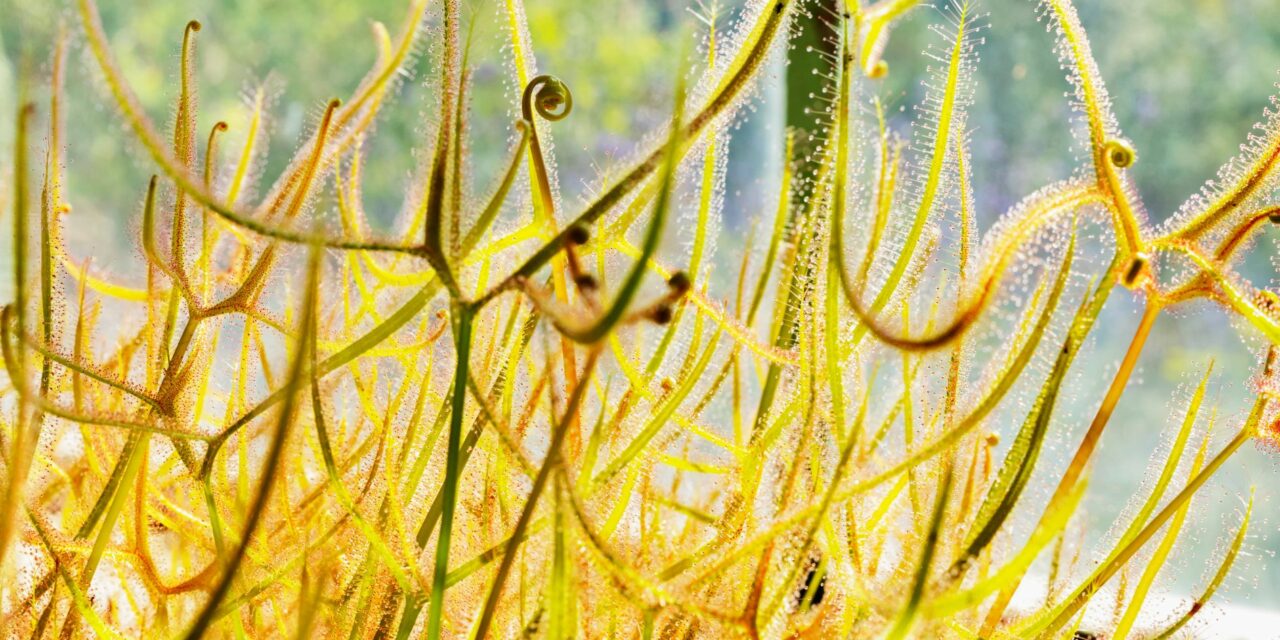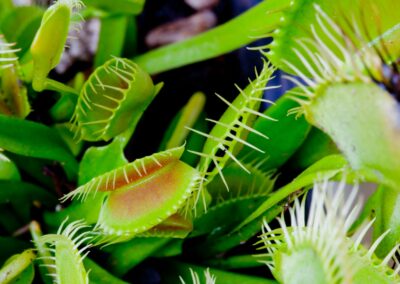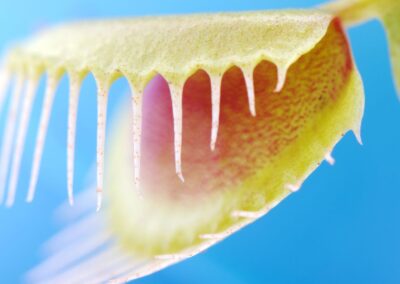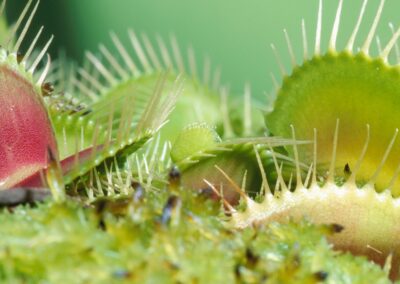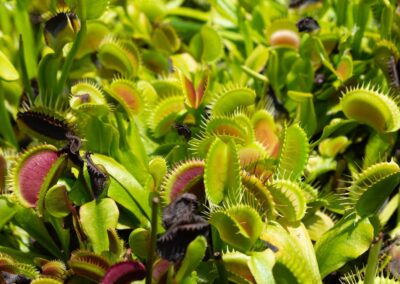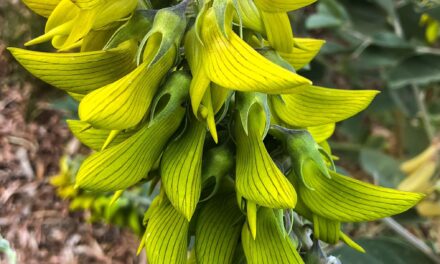Did you know that carnivorous plants evolving to hunt in packs. Get ready to uncover the hidden secrets of these cunning predators and their unique survival strategies.
The Hunt Begins
Unleashing the Carnivorous Pack Did you know that some carnivorous plants have evolved an intriguing strategy to maximize their hunting success? Instead of solitary hunting, certain species have developed the ability to work together, forming packs that increase their chances of capturing prey. It’s a botanical version of teamwork!
Strength in Numbers
Uniting for Survival Carnivorous plants that hunt in packs benefit from the strength in numbers. By joining forces, they create a formidable presence in their environment, enhancing their chances of luring and capturing unsuspecting prey. It’s a botanical collaboration that ensures survival.
Luring Tactics
Deceptive Allure Pack-hunting carnivorous plants employ a range of deceptive tactics to attract their prey. They may release enticing scents, colorful patterns, or secrete nectar to lure unsuspecting insects. Once the prey is enticed, the pack of plants swiftly springs into action, ensnaring their quarry.
Cooperative Traps
Working Together In their pack-hunting strategies, carnivorous plants often employ cooperative traps. Some species will create a network of interconnected traps, such as sticky leaves or pitcher-shaped structures, allowing them to trap prey more effectively. This synchronized approach increases their overall hunting efficiency.
Sharing the Feast
Mutual Benefits Interestingly, pack-hunting carnivorous plants also exhibit behaviors that promote sharing among the group. In some instances, if one plant successfully captures more prey than it can consume, it may release chemical signals to attract nearby members of the pack, inviting them to partake in the feast. It’s a botanical buffet!
Species Examples
The Pack Hunters Several carnivorous plants showcase pack-hunting behaviors. The infamous Venus flytrap (Dionaea muscipula) is a prime example, with its hinged trap-like leaves that snap shut upon contact with prey. The Drosera species, or sundews, are another fascinating group that use sticky tentacles to capture insects. These and many other carnivorous plants demonstrate the power of pack hunting in the plant kingdom.
Evolutionary Advantages
Adaptations for Survival The evolution of pack hunting among carnivorous plants offers significant advantages for their survival. It allows them to target a wider range of prey, maximize nutrient intake, and ensure their population’s continued success. Pack hunting is a testament to the remarkable adaptability and ingenuity of these botanical predators.
Carnivorous plants have taken the art of hunting to a whole new level by evolving to hunt in packs. Through cooperative traps, deceptive allure, and mutual benefits, these plants have honed their predatory skills to ensure their survival. Their pack-hunting strategies showcase the marvels of nature’s ingenuity and remind us that the world of plants is full of surprises.
So, the next time you encounter a carnivorous plant, marvel at its cunning pack-hunting abilities. Witness the teamwork, the traps, and the shared feasts that make them formidable hunters in the plant world. Nature’s wonders are boundless, and carnivorous plants offer us a glimpse into their captivating and extraordinary existence.
Sharing is caring! If you liked this article, please share it with your friends and rate it.
Thank you for your support!

